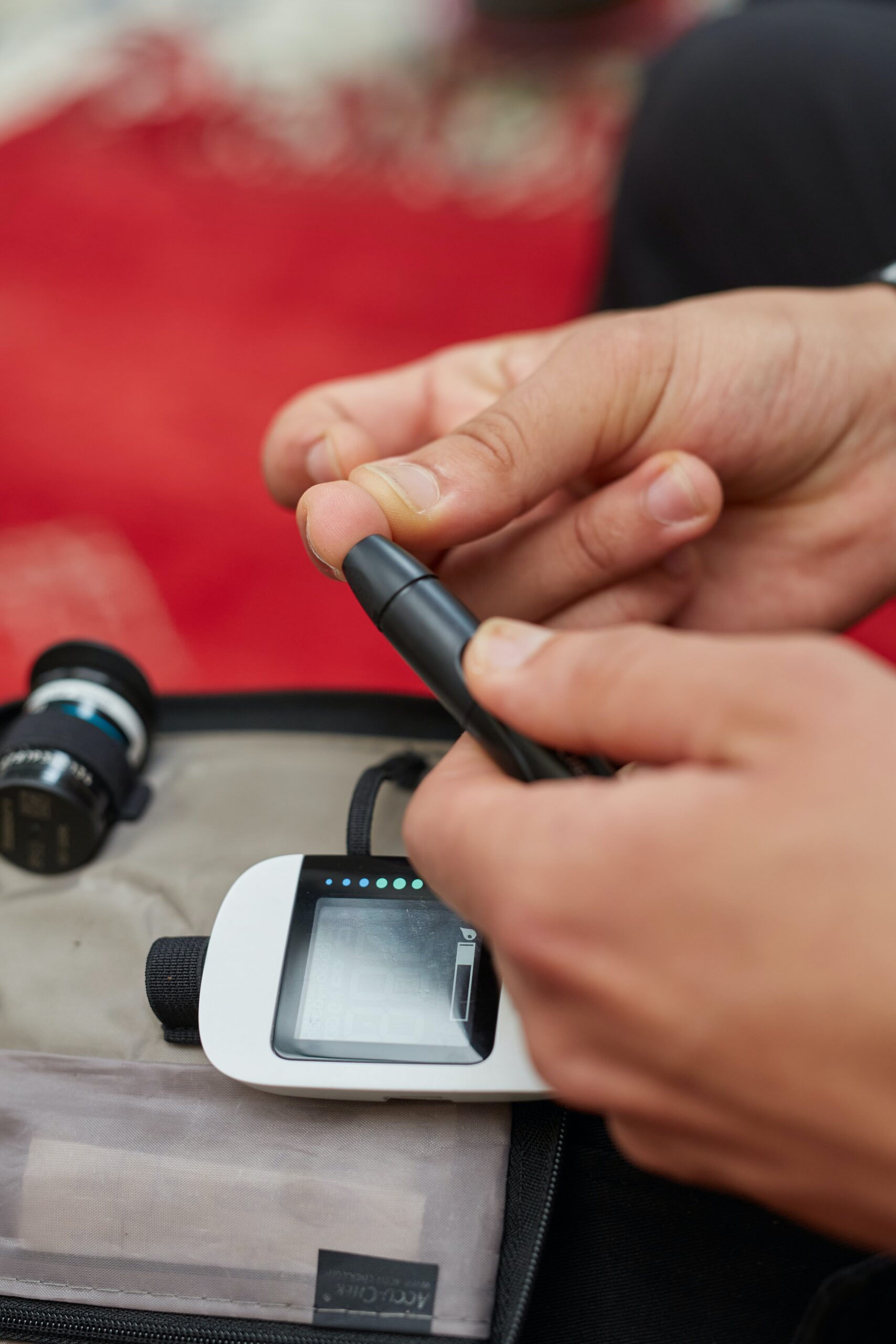What Does Cycle Syncing Mean?
Recent Posts

Usually, when you hear about “cycle syncing,” you might automatically think it’s about different women’s cycles syncing up. However, I’m using this phrase on a whole other level.
“Cycling syncing” refers to eating and working out according to where you are in your menstrual cycle. At different times of the month, you have different levels of different hormones. And this matters a lot when it comes to how hard you can push at work and in life. It also impacts what you should be doing and even what you should potentially be eating to optimise your health and performance.
Understanding Your Cycle
rom woman to woman, cycle and phase lengths may vary. Generally, the length of your entire cycle is from the first day of your period to the day before your next period. Most women’s cycles range from 25-35 days.
During your cycle, you have four different phases:
- Phase 1 – Menstruation
- Phase 2 – Follicular
- Phase 3 – Ovulation
- Phase 4 – Luteal
Phase 1 - Menstruation

During the menstruation phase, your body sheds the uterine lining, which is known as your period. In a way, this is how your body detoxifies to make way for a new cycle (and technically, a new shot at reproduction).
Generally, progesterone and estrogen levels are both low during this time. Yet, at the end of this phase, estrogen slowly begins to rise.
This phase typically lasts about 5-6 days, but can also last up to 8 days.
Phase 2 - Follicular
The follicular phase actually overlaps with menstruation, lasting from the first day of your period to ovulation. It accounts for about half of your cycle, lasting from 11 to 27 days. But to keep things simple, we can say it lasts from day 8 to 13.
Increased estrogen levels prepare your body to release an egg. The pituitary gland produces the follicle stimulating hormone (FSH), which stimulates your ovarian follicles to grow and mature. Eventually, a dominant follicle emerges and the other follicles get reabsorbed by the body.
This dominant follicle causes estrogen levels to slowly rise. After your period, this causes your uterine lining to thicken once again as your body prepares for pregnancy. These rising estrogen levels also slow FSH production at this time while stimulating the pituitary glands to release LH, which then halts estrogen production altogether.
Phase 3 - Ovulation

The rise in LH and halt in estrogen production kicks off ovulation (the main event). Ovulation usually happens between 13-16 days in a woman’s cycle. This is when the ovaries release an egg into your fallopian tubes.
During this time, you might notice you have a rise in your basal body temperature and a thicker discharge (similar to the texture of egg whites).
Phase 4 - Luteal
Once ovulation has happened, the egg becomes the corpus luteum. The corpus luteum produces progesterone and some estrogen, which ensures your uterus stays at the ready for egg implantation.
If you become pregnant, the body will go on to produce human chorionic gonadotropin (hCG).
If pregnancy doesn’t occur, the corpus luteum shrinks and gets reabsorbed by the body. And this starts the whole cycle over again by reducing estrogen and progesterone levels, which leads to the shedding of your uterine lining (your period).
The average length of the luteal phase is 14 days, but it can range from 11 to 17 days.
Putting It All Together...

Your hormones vary at different times of the month, but you can eat to support and optimise your body, performance, longevity, and health. You can also plan your workouts around your cycle, depending on when your body is best able to do certain activities.
In this guide, I offer up important foods you want to consume during certain phases of your cycle, as well as different workouts that are appropriate for different phases. For example, you’ll notice you probably have more energy during other phases of your cycle when compared to your menstrual phase. During this time, restorative and gentle movement is likely best so you don’t stretch yourself out too thin since this is easy to do with blood and iron loss (and this is also why red meat is a wonderful food to eat during this time).
At the same time, every woman is different. Paula Radcliffe even broke a world record at the 2002 Chicago Marathon while on her period. You can have optimal energy levels, depending on your body, your genetics, and what you do. Not every woman feels low energy during this time. This is why it’s so important to listen to your body and even journal how you feel throughout your cycle.
In this guide, you’ll also find morning smoothie recipes for each phase of your cycle about half-way through this guide. Keep reading to check them out and to find out more information about what kinds of foods you should eat during certain times of your cycle.
Share Article
Subscribe to receive the latest health tips
Get my latest health, fitness, biohacking, anti-aging tips, and podcast episodes delivered straight to your inbox.
Recent Podcasts
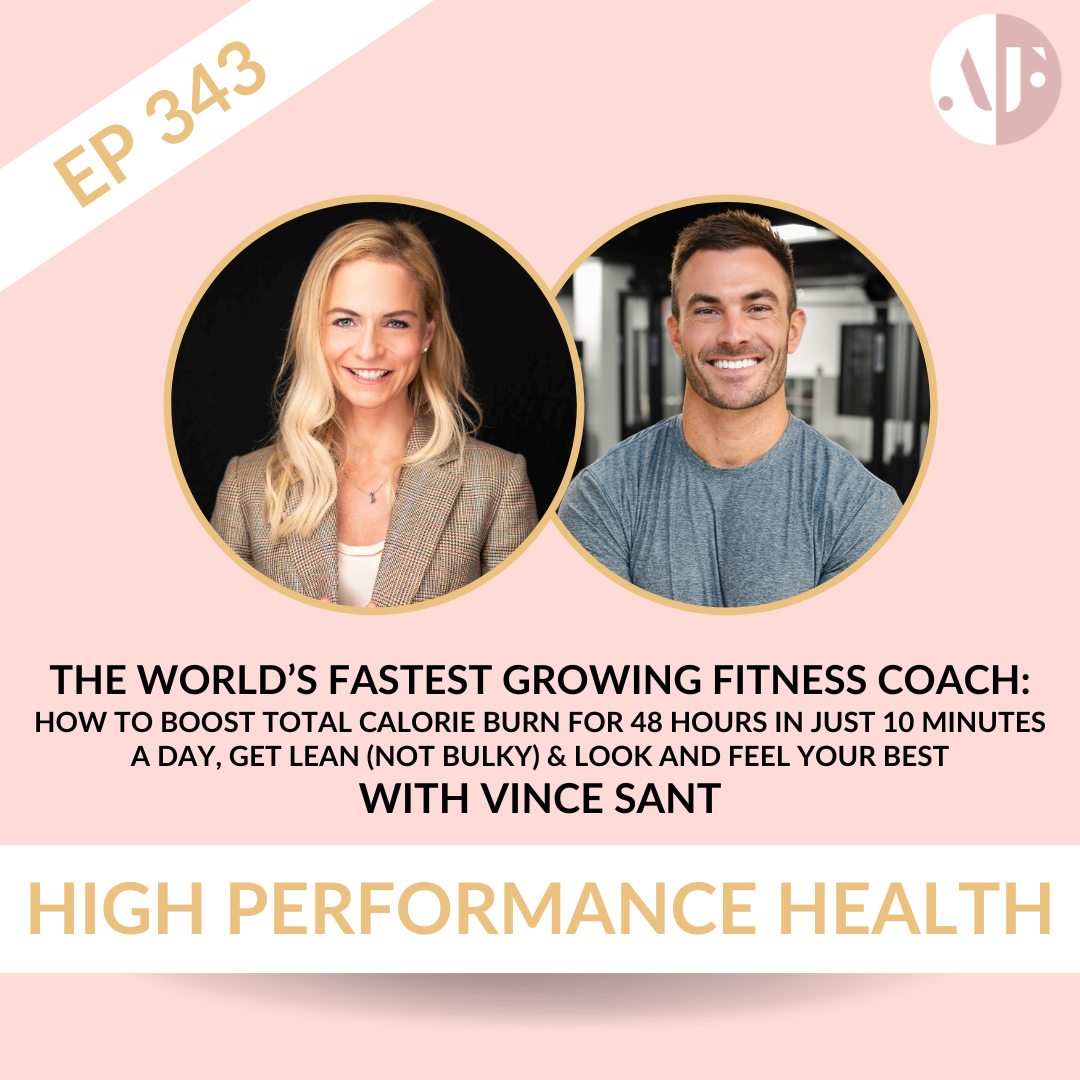
EP 343 – The World’s Fastest Growing Fitness Coach: How to Boost Total Calorie Burn for 48 Hours in Just 10 Minutes a Day, Get Lean (Not Bulky) & Look and Feel Your Best with Vince Sant
Angela presents a biohack alongside Dr Jacey Folkers, in which they discuss the importance of strategically dosing carbohydrates before a workout for optimal performance. They delve into the impact of insulin resistance on blood glucose control, and hormone balance, particularly in women, and how certain peptides and supplements can help improve insulin sensitivity and hormonal health.
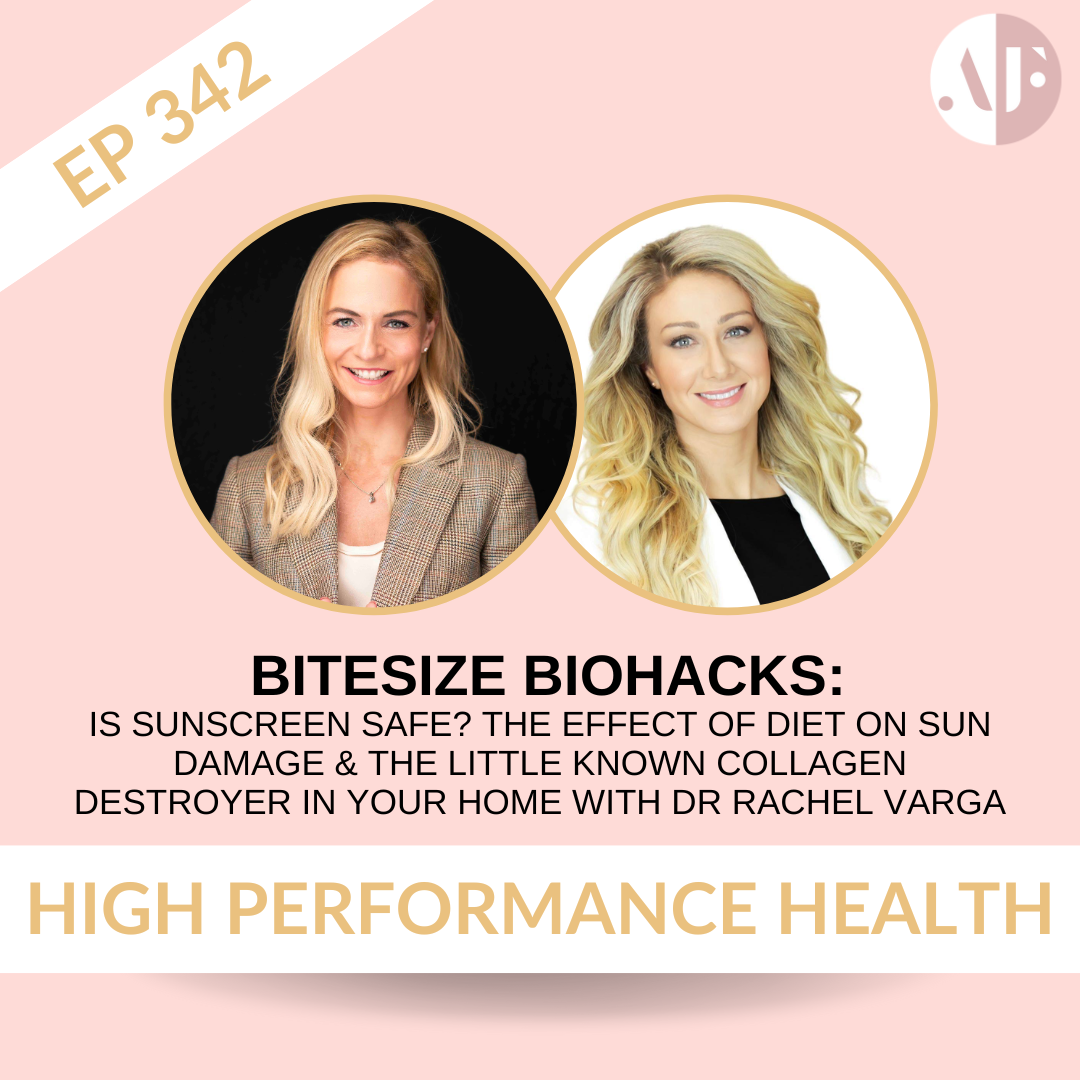
EP 342 – Bitesize Biohack: Is Sunscreen Safe? The Effect of Diet On Sun Damage & The Little Known Collagen Destroyer in Your Home with Dr Rachel Varga
Angela presents a biohack alongside Dr Jacey Folkers, in which they discuss the importance of strategically dosing carbohydrates before a workout for optimal performance. They delve into the impact of insulin resistance on blood glucose control, and hormone balance, particularly in women, and how certain peptides and supplements can help improve insulin sensitivity and hormonal health.
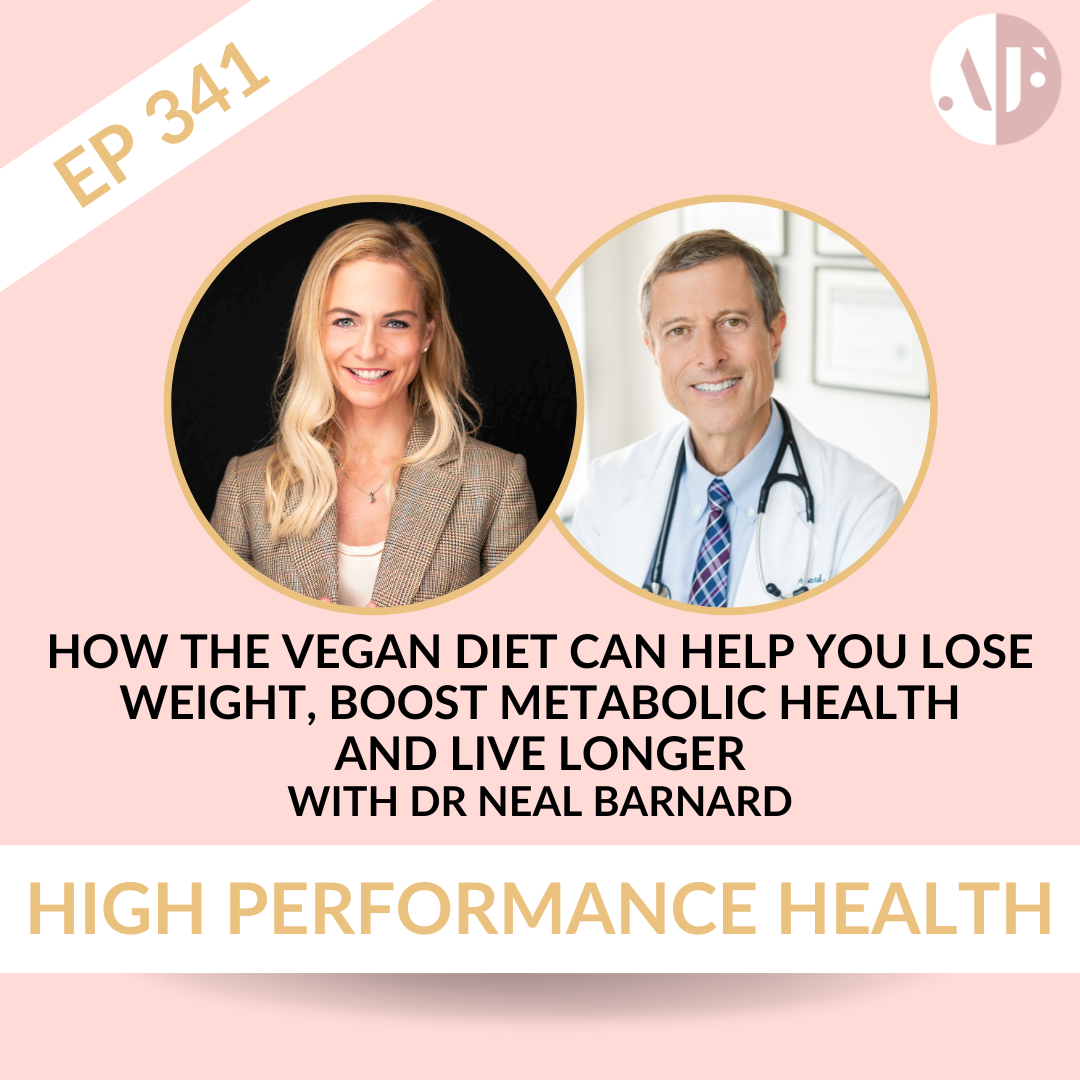
EP 341 – How the Vegan Diet Can Help You Lose Weight, Boost Metabolic Health and Live Longer with Dr Neal Barnard
Angela presents a biohack alongside Dr Jacey Folkers, in which they discuss the importance of strategically dosing carbohydrates before a workout for optimal performance. They delve into the impact of insulin resistance on blood glucose control, and hormone balance, particularly in women, and how certain peptides and supplements can help improve insulin sensitivity and hormonal health.
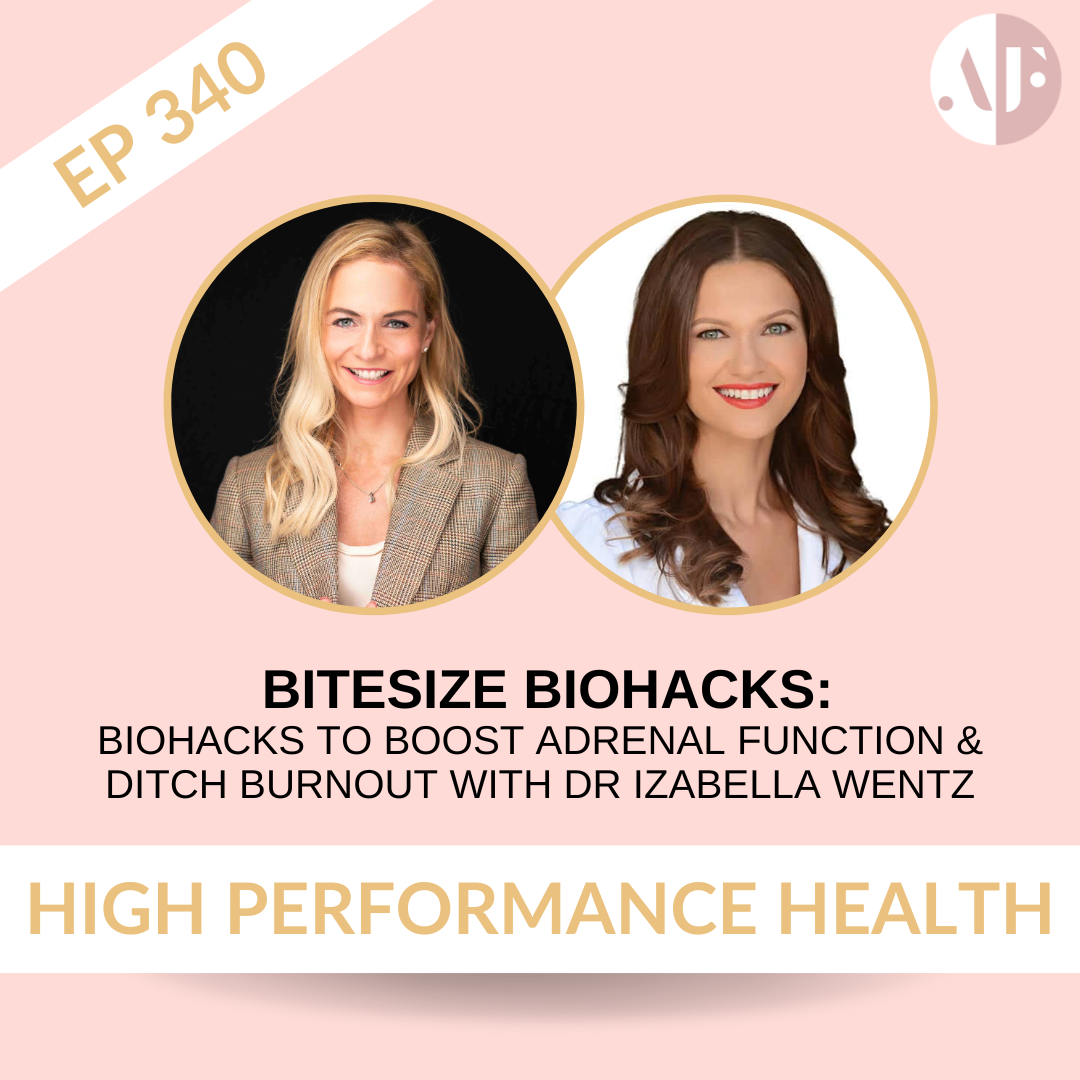
EP 340 – Bitesize Biohacks: Biohacks to Boost Adrenal Function & Ditch Burnout with Dr Izabella Wentz
Angela presents a biohack alongside Dr Jacey Folkers, in which they discuss the importance of strategically dosing carbohydrates before a workout for optimal performance. They delve into the impact of insulin resistance on blood glucose control, and hormone balance, particularly in women, and how certain peptides and supplements can help improve insulin sensitivity and hormonal health.

